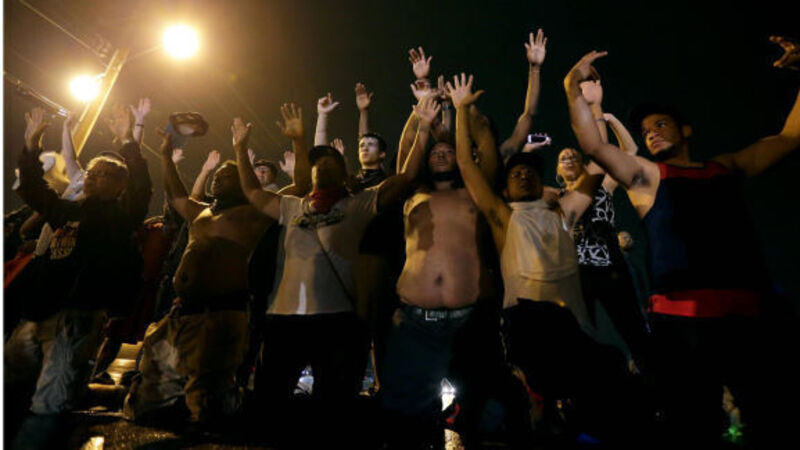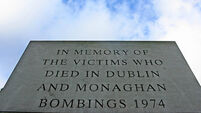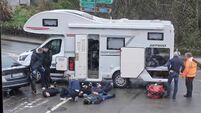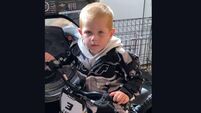ROBBED OF HUMANITY IN FERGUSON

WHEN I tried to engage a friend in a conversation about the death of Michael Brown, an unarmed 18-year-old who was shot and killed by a police officer in Ferguson, Missouri, he wearily waved his hand for me to stop.
“Can’t do it,” he said politely. “It happens so often, I’m inured to the pain. If I think too long about it, I might just...” His voice trailed off.
















